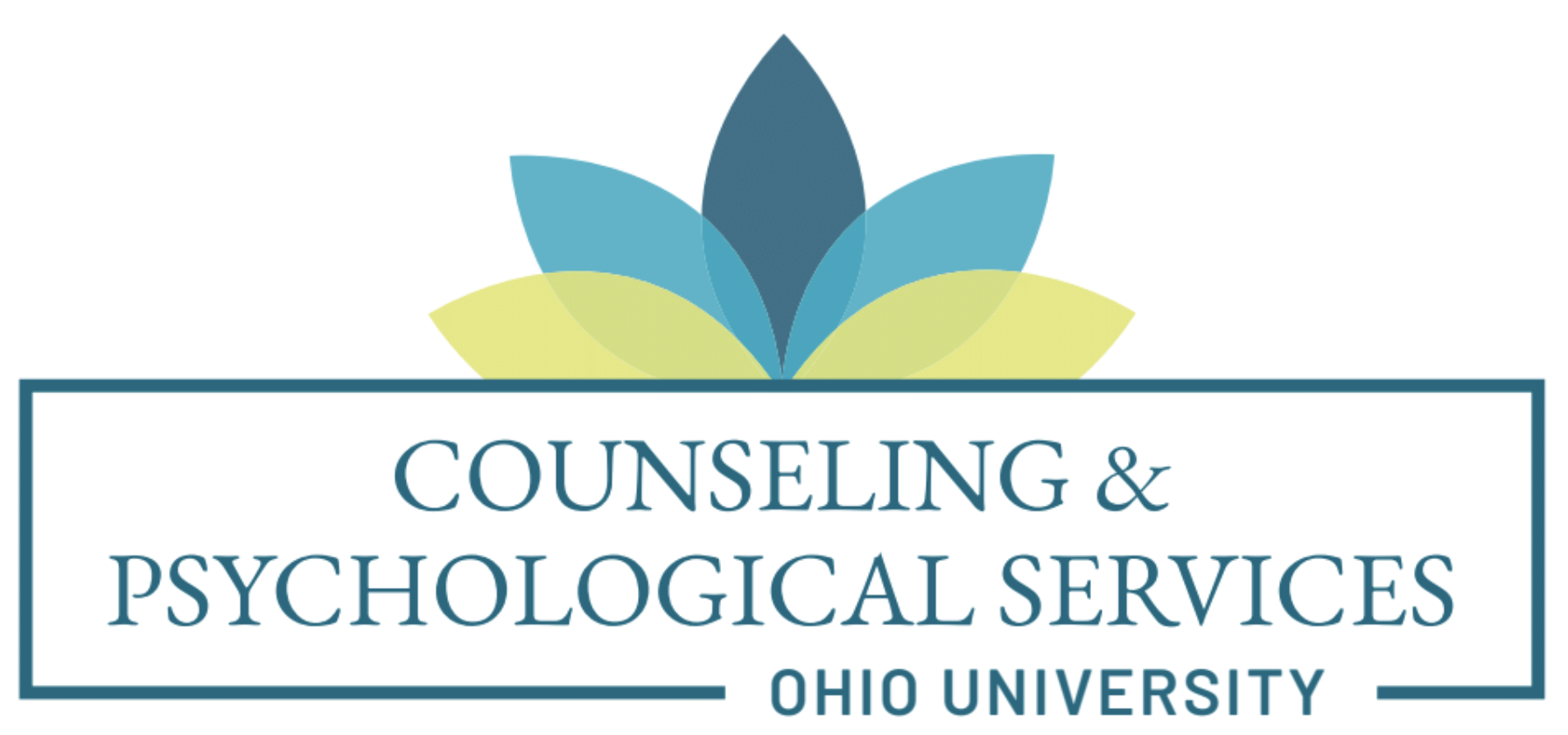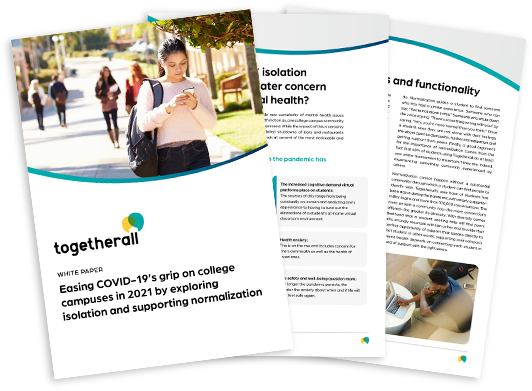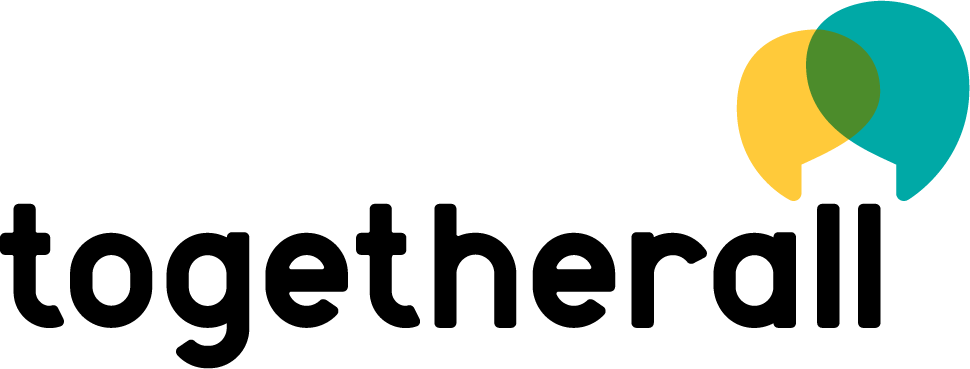U.S. Stimulus Funding Is Available to Institutions of Higher Education for COVID-19-Related Needs
Integrate Togetherall into your existing campus resources.

Why is this funding available?
In the last year, the U.S. federal government has passed three pieces of legislation that provide additional funding for institutions of higher education (IHEs):
• Coronavirus Aid, Relief, and Economic Security Act (CARES)—March 2020
• Coronavirus Response and Relief Supplemental Appropriations Act (CRRSA)—December 2020
• American Rescue Plan Act (ARPA)—March 2021
The ARPA provides approximately $39.6 billion in new education funding to provide relief to IHEs, in addition to the combined $36.7 billion that had previously been allocated from CARES and CRRSA. Collectively, these stimulus funds create the Higher Education Emergency Relief Fund (HEERF).
What are these funds used for?
Funds are divided into two parts: 1) student funds that are meant to support immediate student financial needs and 2) institutional funds, which can be used by the institution to “carry out student support activities authorized by the HEA that address needs related to coronavirus.” Mental health has been exacerbated by the pandemic, and therefore institutional funds can be used to support the implementation of services like Togetherall that support mental health. The funding typically must be spent within one calendar year of receiving the award, but extensions are available. Funds will be available through Sept. 30, 2023.
How can you access these funds?
Togetherall lets students connect with others like them, share experiences and get support where and when they need it. The power of peer-to-peer empathy helps to reduce isolation and desperation, and can make a profound difference in a semester or even a life. See stats below on how students are using and being affected by Togetherall’s support network.
1

Identify the person at your institution who is receiving the funds and making decisions about distribution of those funds.
2

Construct your argument for why additional mental health support is needed.
• Use COVID impact data from your own institution or national sources.
• Discuss return on investment and how a sense of belonging and connection with peers supports positive mental health and results in retention.
• Specifically discuss how COVID has had a disproportionate impact on BIPOC students and other marginalized student groups who typically may not access mental health services. Suggest that these students could benefit from a different way to connect with peers and seek support.
3

Craft your plan for sustainability now and include it with your argument.
• Stimulus funding will be available for one year, possibly two.
• Consider how you can sustain new, added services. Find campus partners who can contribute to the budget in the future, and implement small increases to student fees over time.
Why is Togetherall a good fit for HEERF funding requests?
• Togetherall provides a clinically moderated peer-to-peer mental health community that empowers individuals to safely seek and provide support for issues exacerbated by the pandemic, like stress, anxiety and depression.
• The mobile-friendly platform can be accessed by anyone, anywhere—whether your students are remote, on campus, abroad or home during a break. Togetherall can even be offered to your faculty and staff to support their mental health needs.
• The anonymous nature of the platform creates a safe space for individuals to seek help if they may be hesitant to access traditional counseling services.
• Approximately 40% of Togetherall’s student user base identify as BIPOC (Black, indigenous and people of color), populations that have been disproportionately impacted by the pandemic.
• Identified risk on the platform can easily be integrated into your campus escalation protocols.
• Togetherall can be offered to your entire institution for a few dollars per user, representing only a minimal portion of the HEERF funding your institution received.
Togetherall is used by these universities:





Learn more about our work with colleges and universities

Register for our free
on-demand webinar
Watch at your convenience to learn how the University of South Florida successfully implemented Togetherall to enhance their existing mental health and counseling services. Now one in three students is using Togetherall as their primary source of mental health support.

Download our white paper
Get an in-depth look at how student isolation has transformed and expanded in the wake of COVID-19—and what role Togetherall can play in helping your students overcome it.
